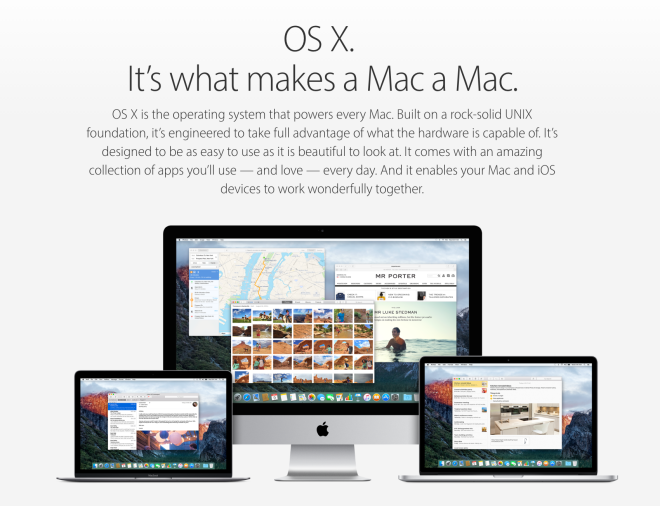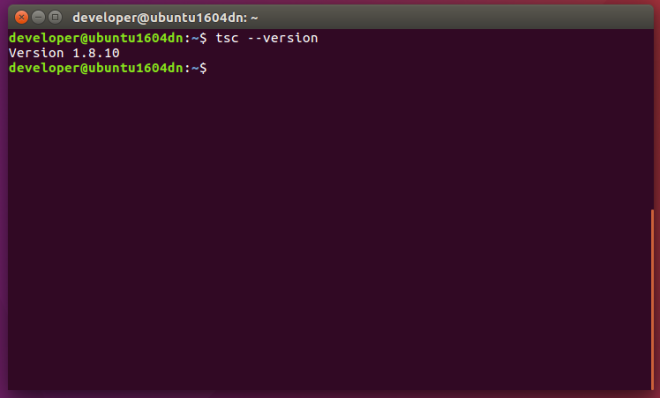Note: this post is a part of the series of posts about my experience using Ubuntu Desktop for software development.
My Choice Of Hardware
As I mentioned in one of my previous posts – almost a year ago I got MacBook Pro and it proved to be a terrific choice.

My Choice of Host Operating System
Since I’m using MacBook Pro, my obvious choice for the host operating system is Mac OS X. Even though I love Mac OS X and like the development experience on it, for experimenting with new technologies I prefer using virtual machines (VMs). The reason is simple – if something goes wrong – it would take me long time to reinstall (or restore from backup) Mac OS X and applications I use. But with virtual machines everything is expendable – create virtual machine, instal operating system, SDKs, tools, etc., use it and when you done – just delete it if you do not need it any longer. The huge benefit – your primary operating system stays intact.

My Choice Of Virtualization Product
Initially I was a happy user of Parallels Desktop until they rolled out update 11.1.2 which made a lot of people angry and made me to roll back to version 11.1.1 and reinstall all of the guest operating systems. As a result – I started looking for alternatives and now VirtualBox is my virtualization product of choice.

My Choice of Linux Distribution
There is no shortage of Linux Distributions. Currently I’m experimenting with Ubuntu Desktop 16.04 LTS, but I’m open to experiment with the others as well.

See Also













You must be logged in to post a comment.